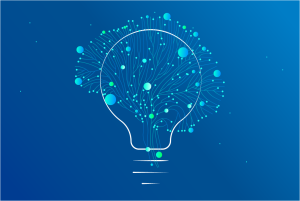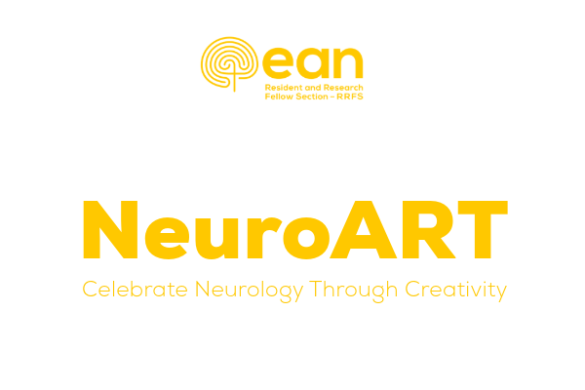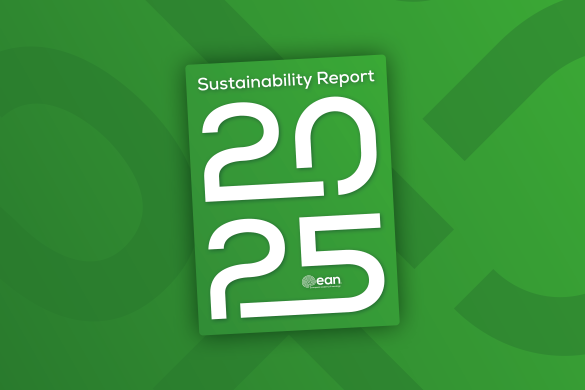by Viktoria Papp
Each month the EANpages editorial team reviews the scientific press for recently published papers of outstanding interest to neurologists. Below we present our selection for June 2023 (for our Paper of the Month for June, see here).
1. The third Intensive Care Bundle with Blood Pressure Reduction in Acute Cerebral Haemorrhage Trial (INTERACT3): an international, stepped wedge cluster randomised controlled trial
This multicentre, stepped wedge cluster randomised controlled trial, performed in nine low- and middle-income (Brazil, China, India, Mexico, Nigeria, Pakistan, Peru, Sri Lanka, and Vietnam) and in one high-income country (Chile), aimed to investigate whether the implementation of a goal-directed care bundle protocol was associated with improved functional outcome in patients with acute spontaneous intracranial haemorrhage. This protocol included early intensive lowering of systolic blood pressure, strict glycaemia control, antipyrexia treatment and rapid reversal of warfarin-related anticoagulation. After screening for eligibility, 7036 patients presenting within 6 hours of the onset of acute spontaneous intracranial haemorrhage were enrolled in the study and assigned to the care bundle (n=3221) or the usual care (n=3815) groups. At 6 months, patients in the care bundle group, in comparison to controls, showed better scores at the modified Ranskin scale, improved survival as well as health-related quality of life, and fewer serious adverse events.
2. Multimodal neuroimaging in post-COVID syndrome and correlation with cognition
Following the COVID-19 pandemic, many people who experienced COVID-19 infection were left with cognitive complaints after acute infection. This cross-sectional study evaluated 86 participants with subjective cognitive complaints after COVID-19 infection and compared them to 36 healthy non-infected controls. A multimodal brain MRI protocol detecting structural and functional brain changes, combined with a comprehensive neuropsychological assessment, were performed in all subjects about a year after the COVID-19 infection. The results revealed hypoconnectivity between bilateral orbitofrontal areas and cerebellar area III (vermis) and between left and right parahippocampal areas as well as alternations in the white matter and slight reductions of grey matter volume in the group of subjects experiencing cognitive complaints after the acute infection compared to healthy non-infected controls. These changes may explain the complaints about reduced learning memory and recall deficits reported by patients with post-COVID syndrome.












